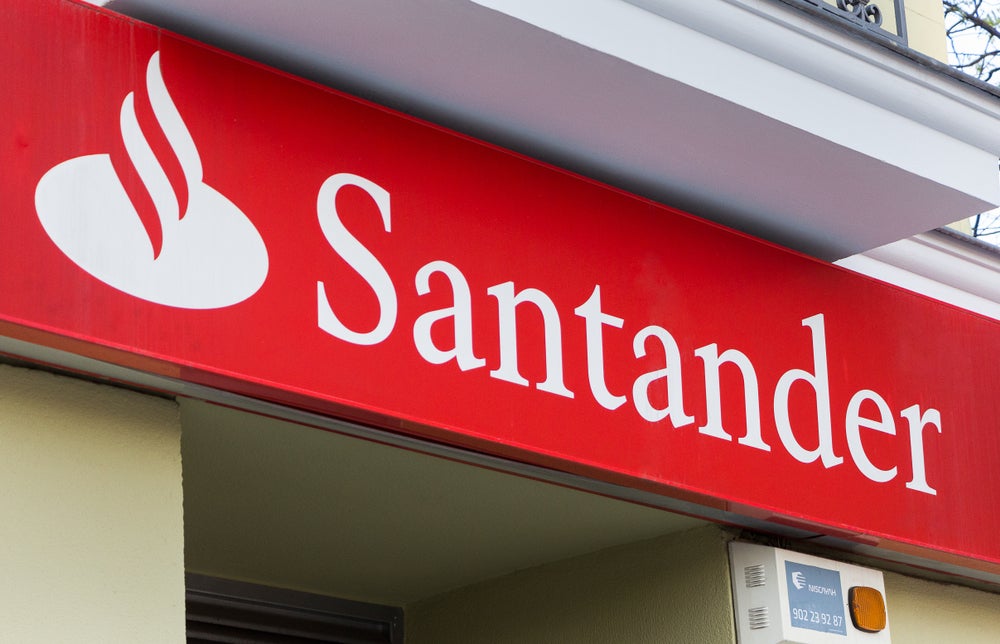Payments leader Visa has announced that
spending on Visa-branded debit cards in the US has surpassed credit
cards for the first time in the company’s history. For the period
ending 31 December 2008, debit payments volume was $206 billion,
compared with credit payments volume of $203 billion.
Debit transactions were nearly 70 percent of
US transactions for the same time period, representing an
increasingly larger portion of Visa’s US transactions.
“In 2002, US Visa debit transactions surpassed
credit transactions for the first time, and now payments volume has
also exceeded credit,” said Visa’s North American president, Bill
Sheedy, in a statement.
The company said that US consumers are turning
to debit cards for non-discretionary purchases, so called “everyday
spending”. As of March 2009, approximately 52 percent of debit
volume was for non-discretionary items like food and clothing.
A time of worsening US credit card
debt
The news of the switch to debit and
away from credit comes at a time of worsening credit card debt in
the US (see RBI 611), growing write-off levels and growing
political scrutiny of credit card practices.
How well do you really know your competitors?
Access the most comprehensive Company Profiles on the market, powered by GlobalData. Save hours of research. Gain competitive edge.

Thank you!
Your download email will arrive shortly
Not ready to buy yet? Download a free sample
We are confident about the unique quality of our Company Profiles. However, we want you to make the most beneficial decision for your business, so we offer a free sample that you can download by submitting the below form
By GlobalDataThe charge-off rate at Capital One, for
example, rose from 5.85 percent in Q108 to 8.4 percent for the
first three months of 2009. Amex’s net charge-off rate jumped to
8.5 percent from 6.7 percent in the fourth quarter of 2008. And
Bank of America reported that net losses at its consumer credit
card division increased $531 million to $3.8 billion as the loss
ratio climbed to 8.62 percent (see chart below).
On 12 May, Advanta, the 11th biggest US credit
card issuer announced plans to shut down about 1 million credit
card accounts on 10 June, as defaults surged to 20 percent.
The recent, high-profile US bank stress test
results, released on 7 May (see News Digest), suggested
that under a worst-case scenario, the country’s 19 biggest banks
could expect nearly $82.4 billion in credit card losses by the end
of 2010. The test suggested that at American Express and Capital
One, around 20 percent of credit on cards might have to be written
off.
One market analyst was even more pessimistic:
consultant Oliver Wyman stated that card losses at the 19 banks
could reach $142 billion by 2010 in its view.
Strong Q2 earnings from
Visa
At the end of April, Visa reported
strong second-quarter 2009 earnings. For the three months that
ended 31 March, the company earned net income of $553 million. Net
operating revenue in the period was $1.6 billion, an increase of 13
percent over the prior year. Second quarter highlights
included:
• Payments volume down 1 percent year-on-year
to $675 billion;
• Total cards carrying the Visa brand rose 8
percent worldwide to 1.7 billion;
• Total transactions increased by 9 percent
over the prior year to 14.9 billion; and
• International transaction revenues, driven
by cross-border payments, grew 18 percent to $446 million.
Moshe Orenbuch, an analyst at Credit Suisse
First Boston, told Cards International, the sister title to
RBI: “Overall, the quarter was solid as Visa maintained
its superior operating margins even in a challenging
environment.
“Second-half revenue growth should fall to the
low-single-digits range. Our 2010 estimate contemplates 11 percent
revenue growth, continued expense efficiencies, accelerating
purchase volume and transaction growth rates.”
On 1 May, rival MasterCard reported first
quarter 2009 results: net income of $367 million off net revenue of
$1.2 billion, a 2.2 percent decline year-on-year. As of 31 March,
the company’s financial-institution customers had issued some 967
million MasterCard cards, an increase of 4 percent.
Credit volumes in the US slid 13.9 percent to
$113 billion while debit payment volumes rose by 4.9 percent to $79
billion.








